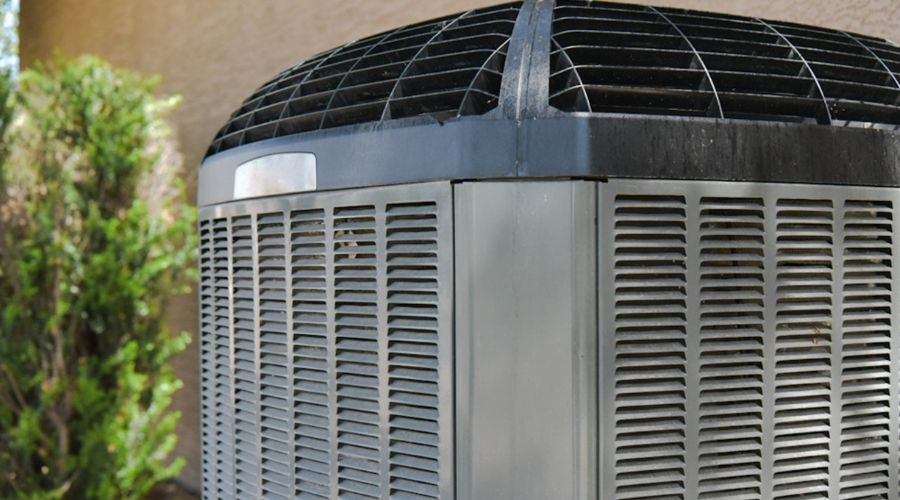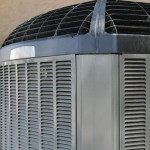How To Know When AC Replacement May Be Needed
An aging air conditioner can lead to rising energy bills, inconsistent comfort, and frequent breakdowns, particularly in the intense heat of Odessa. A failing HVAC system can cause frustration and become a significant financial burden. Knowing the signs of a failing system helps prevent unexpected breakdowns and ensures reliable indoor comfort. This guide outlines the most common indicators that point to the need for AC replacement.
Old Age
 System age is one of the most reliable indicators that replacement may be necessary. Most residential air conditioners have a functional lifespan of 10 to 20 years, with declining performance after the first decade. Once a system surpasses 10 years and exhibits operational issues, replacement becomes more practical than ongoing repair.
System age is one of the most reliable indicators that replacement may be necessary. Most residential air conditioners have a functional lifespan of 10 to 20 years, with declining performance after the first decade. Once a system surpasses 10 years and exhibits operational issues, replacement becomes more practical than ongoing repair.
As systems age, performance deteriorates across all components. Condenser coils lose efficiency, refrigerant lines may develop micro-leaks, and electrical parts begin to fail. These issues accumulate, resulting in reduced comfort and increased energy consumption. According to Energy Star, upgrading a system over 10 years old to a modern, energy-efficient model can reduce annual cooling costs by 20–40%.
However, age alone should not be the sole determinant of replacement. Performance, reliability, and operational cost are also critical considerations. Systems that require frequent repairs, struggle to maintain indoor temperatures, or cause noticeable spikes in utility bills likely warrant replacement. Newer systems offer advanced technology, improved energy efficiency, and enhanced indoor comfort, which often justifies the investment.
Frequent Repairs
 A growing need for repairs indicates that a cooling system is nearing the end of its life span. Frequent service calls reflect declining reliability, particularly for unrelated or recurring issues. Most well-maintained systems should operate for 10–15 years with minimal repairs. Once repair frequency increases, so do associated costs and inconvenience.
A growing need for repairs indicates that a cooling system is nearing the end of its life span. Frequent service calls reflect declining reliability, particularly for unrelated or recurring issues. Most well-maintained systems should operate for 10–15 years with minimal repairs. Once repair frequency increases, so do associated costs and inconvenience.
HomeAdvisor reports that the average repair cost is approximately $350, with significantly higher expenses for major components, such as compressors or coils. If the total cost of repairs within 12 months exceeds 50% of the price of a new system, replacement is generally the more economical decision.
In addition to direct repair costs, an inefficient and aging system consumes more energy between breakdowns, thereby increasing monthly expenses. Transitioning to a modern, energy-efficient air conditioner reduces the likelihood of sudden failures, lowers energy usage, and provides more dependable cooling.
High Energy Bills
Unexplained increases in energy bills often indicate that an air conditioner is no longer operating efficiently. As internal components wear down, the system must work harder to maintain the same cooling output, resulting in increased power consumption.
Lack of regular maintenance can accelerate this loss of efficiency. Dust and debris buildup, clogged filters, and aging parts increase energy usage. The Department of Energy reports that proper maintenance can boost efficiency by up to 15%, while something as simple as a dirty filter can increase energy use by 5–15%.
If maintenance has been performed consistently and repairs have not improved energy consumption, system age is likely to be the cause. Older AC units, typically rated at 8–10 SEER (Seasonal Energy Efficiency Ratio), fall short of the performance levels achieved by today’s high-efficiency models, which range from 13 SEER up to 25 SEER. Upgrading to a newer unit improves indoor comfort and cuts cooling costs by 20–40%.
About The Darville Company
The Darville Company is a family-owned heating, cooling, and plumbing contractor proudly serving Odessa-Midland and the Permian Basin since 1947. With 24/7 emergency service and a team of experienced technicians, we handle everything from water heaters to AC systems—all with honesty, quality, and reliability. For reliable air conditioning replacement services in Odessa, TX, call us today!



